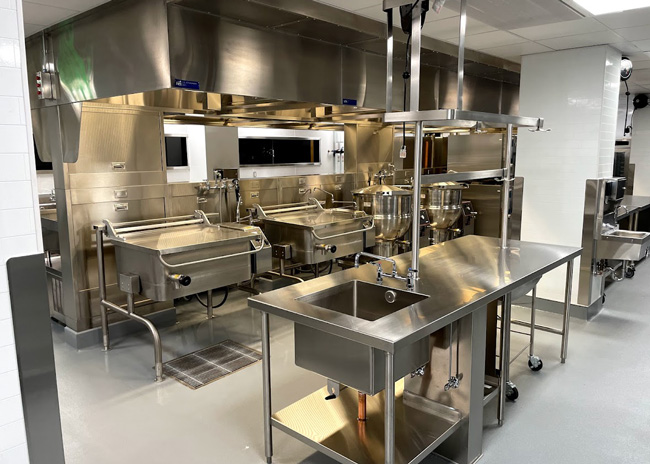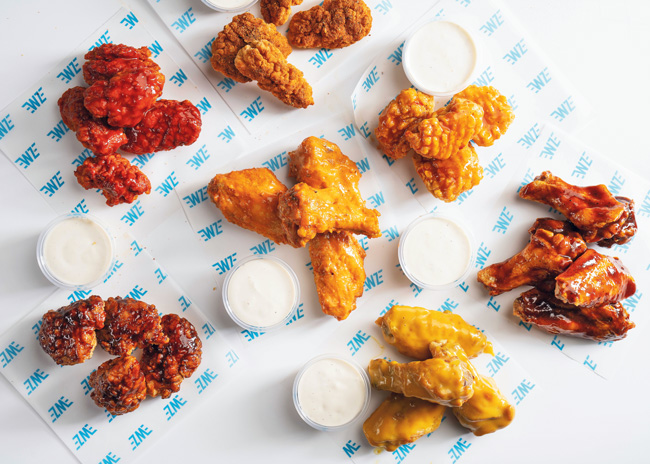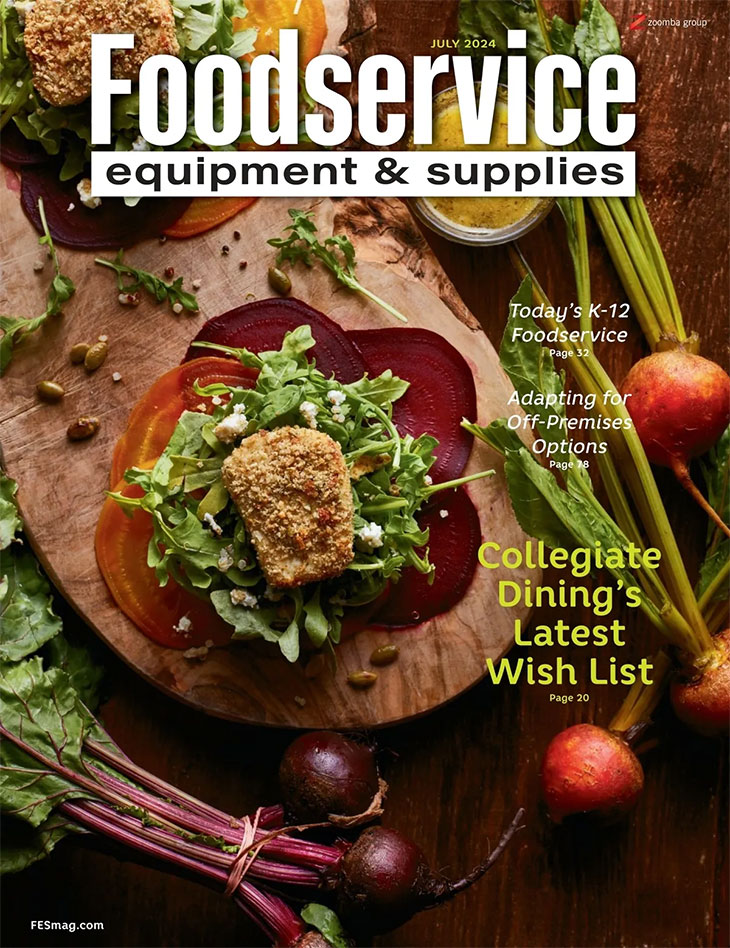Generally deemed a good value for portion size from consumers, barbecue continues its successful run; new sauce flavors help, as does current protein cost.
The momentum behind all-electric kitchens grows, but it’s no simple switch.
Serving a changing menu to different large groups requires a flexible space.
Budget, ROI and thinking through operational aspects all come into play when considering environmentally friendly equipment specifications.
Bars come in all shapes and sizes and play a vital role in the success of the hospitality industry.
The intersection of aspiration and reality often conjures up a visual image that evokes a busy roundabout funneling traffic.
No rules exist when it comes to creating impressive and memorable table settings.
Explore a range of efforts from nine varied restaurant chains that promote a level of eco-consciousness.
College and K-12 school campuses continue to reimagine foodservice operations.
It’s an annual tradition! For the last couple of Decembers, FE&S has compiled top food and foodservice industry trends from various research reports to see how they might impact equipment, supplies and design in the next year. Here are our top five picks as the industry prepares to head into 2024.
The latest technologies and thoughtful design address labor, space and budget constraints.
A wider availability of low- and no-alcohol beverages has driven menu mentions and interest among consumers.
Here, ways the sustainability needle continues to move in support of greener menus and back-of-the-house operations.
Innovation and differentiation help chains hold their place in the pecking order.
Sustainability is the philosophy underlying a set of systems and practices designed to meet the needs of people today in such a way that the needs of people tomorrow will also be met. In a world of climate destabilization, resource depletion, population pressures and rapid technological change, the old ways of using energy and resources need to be transformed.
Versatility is needed to accommodate different event types.


















